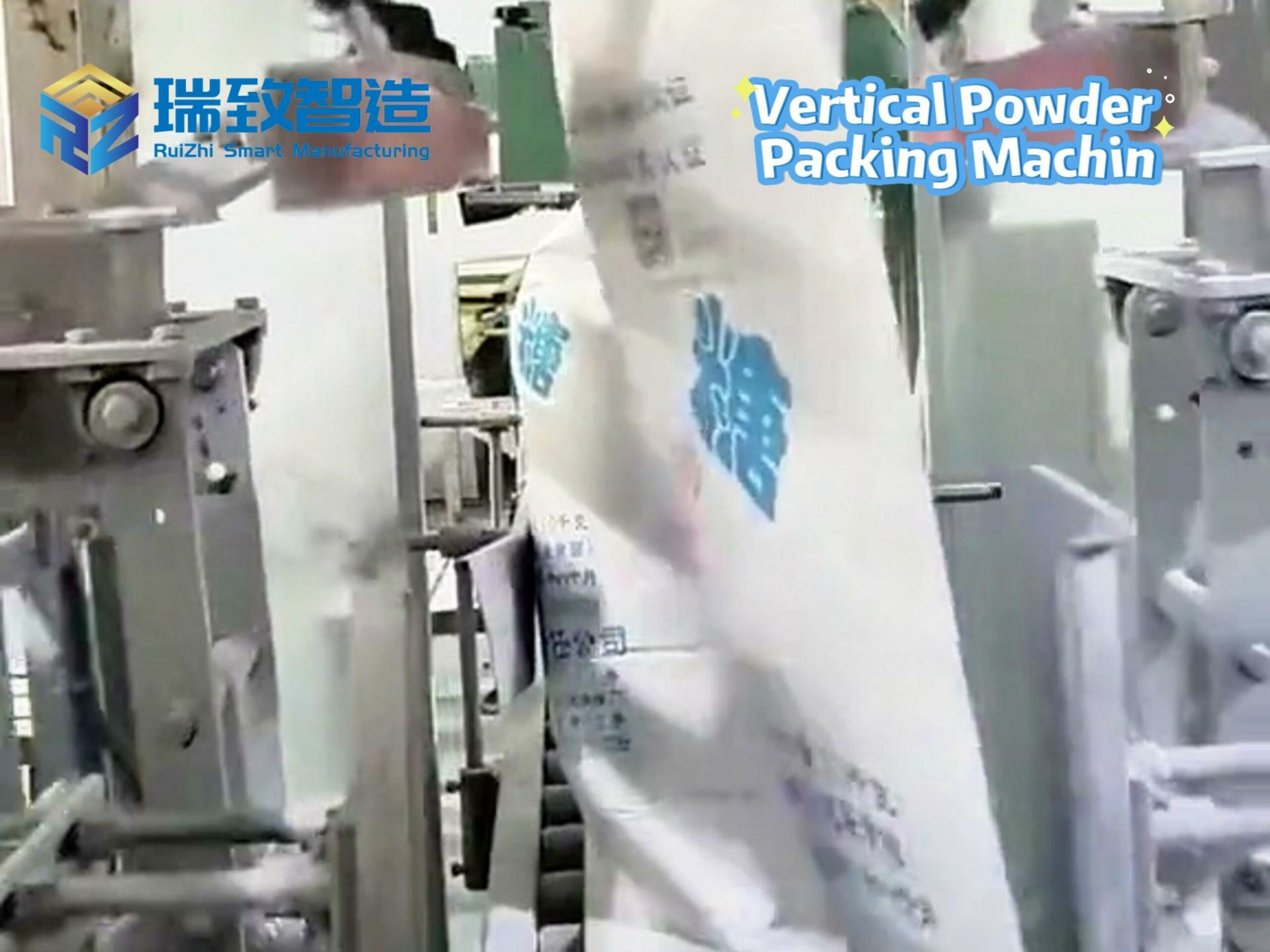The Marvel of Bathroom Shower Head Assembling Machines

In the dynamic world of modern manufacturing, the bathroom shower head industry has witnessed a remarkable transformation with the advent of advanced assembling machines. These machines are revolutionizing the production process, bringing about a host of benefits for manufacturers and consumers alike.
The Evolution of Shower Head Production
Gone are the days when shower head production relied heavily on manual labor. Traditional methods were not only labor – intensive but also time – consuming, with workers spending hours assembling various components such as the head, body, and internal mechanisms. The process was highly prone to human error, leading to inconsistent product quality. For instance, manual insertion of spray nozzles might result in misalignment, affecting the water distribution pattern.
However, as technology advanced, the demand for more efficient and accurate production methods grew. This led to the development of bathroom shower head assembling machines, which have become the cornerstone of modern shower head manufacturing.
How Shower Head Assembling Machines Work
Shower head assembling machines are engineered with precision and efficiency in mind. They typically consist of several key components and subsystems that work in harmony.
- Component Feeding Systems
The first step in the assembly process is the feeding of components. Vibration bowls are commonly used to orient and feed small parts like spray nozzles, washers, and O – rings. These bowls use vibration to gently move the components along a track, ensuring they are presented in the correct orientation for easy pick – up by the assembly mechanisms. For larger components such as the shower head body, automated conveyor belts are employed. These belts transport the bodies to the various assembly stations in a controlled and continuous manner.
- Assembly Robots and Mechanisms
At the heart of the assembling machine are the assembly robots or mechanical arms. These are programmed to perform a series of precise movements. For example, they can pick up a spray nozzle from the vibration bowl feeder and insert it into the pre – drilled holes in the shower head body with micron – level accuracy. Some advanced machines use multi – axis robots that can perform complex movements, allowing for the assembly of intricate shower head designs. In addition to robots, there are also specialized assembly fixtures. These fixtures hold the components in place during the assembly process, ensuring stability and proper alignment. For instance, a fixture might be designed to hold the shower head body at a specific angle while the internal water – flow regulating mechanism is being installed.
- Quality Control Systems
To maintain high – quality standards, modern shower head assembling machines are equipped with sophisticated quality control systems. Vision sensors are used to inspect the assembled components for any visible defects. They can detect misaligned parts, missing components, or surface imperfections. For example, if a spray nozzle is not inserted correctly or if there is a scratch on the shower head body, the vision sensor will identify the issue. Pressure testing systems are also an integral part of the quality control process. These systems simulate the water pressure that a shower head will experience during normal use. By pumping water through the assembled shower head at specified pressures, manufacturers can ensure that there are no leaks and that the water distribution pattern meets the required standards.
Advantages of Using Shower Head Assembling Machines
- Increased Production Efficiency
Shower head assembling machines can operate continuously, 24/7 if required. They can assemble a large number of shower heads in a relatively short time compared to manual labor. For example, a well – designed machine can assemble hundreds of shower heads per hour, significantly increasing the output of a manufacturing facility. This high – speed production is crucial for meeting the growing global demand for shower heads, especially in the booming construction and renovation industries.
- Improved Product Quality
The precision of assembling machines eliminates the variability associated with manual labor. Every shower head assembled by a machine is consistent in terms of component placement, water – flow performance, and overall quality. This means that consumers can expect a high – quality product that functions as intended every time they use it. For manufacturers, this results in fewer product returns due to defects, enhancing their brand reputation.
- Cost Savings
Although the initial investment in a shower head assembling machine can be significant, the long – term cost savings are substantial. By reducing the need for a large workforce, manufacturers can cut down on labor costs. Additionally, the reduction in product defects means lower costs associated with rework and waste. For example, if a manual assembly line has a 10% defect rate, a machine – based assembly line might reduce this to less than 1%. This not only saves materials but also the time and resources required to fix or discard defective products.
- Adaptability to Different Designs
Modern shower head assembling machines are highly versatile and can be programmed to assemble a wide variety of shower head designs. Whether it’s a simple handheld shower head or a complex rainfall shower system with multiple spray settings, the machine can be adjusted to meet the specific assembly requirements. This adaptability is crucial in a market where consumers are constantly demanding new and innovative shower head designs.
Marknadspåverkan och framtida trender
The introduction of shower head assembling machines has had a profound impact on the market. Manufacturers are now able to offer a wider range of products at competitive prices. The increased production capacity has also led to greater availability of shower heads in the market, both in domestic and international markets.
Looking to the future, we can expect to see further advancements in shower head assembling machine technology. Integration with Industry 4.0 concepts such as the Internet of Things (IoT) is likely. Machines could be connected to a central network, allowing manufacturers to monitor performance in real – time, predict maintenance needs, and optimize production processes. Additionally, there will be a continued focus on improving the efficiency and precision of these machines, enabling the production of even more complex and high – quality shower head designs.
In conclusion, bathroom shower head assembling machines have transformed the shower head manufacturing industry. They have brought about increased efficiency, improved quality, cost savings, and design flexibility. As technology continues to evolve, these machines will play an even more significant role in shaping the future of shower head production.




















